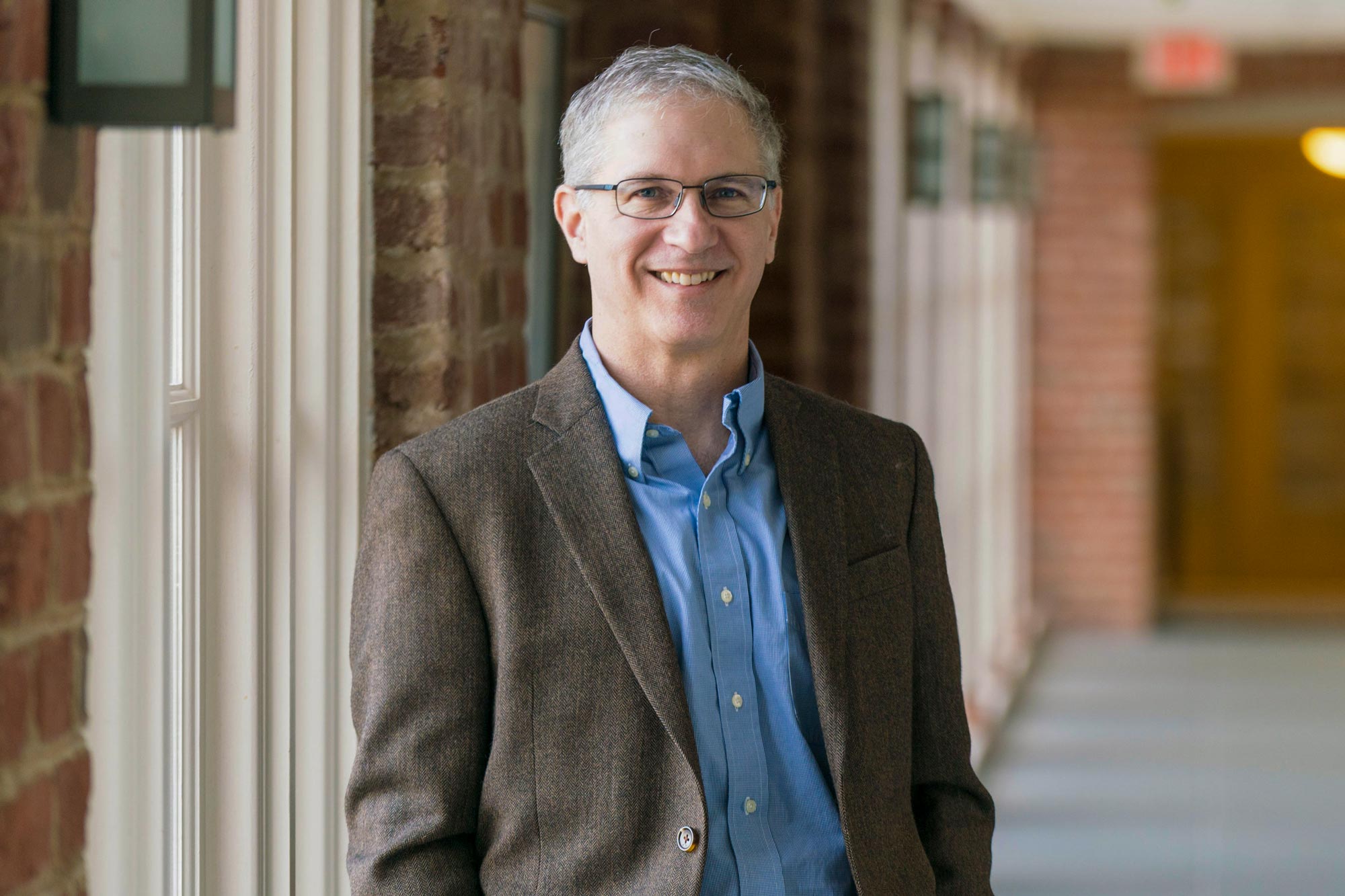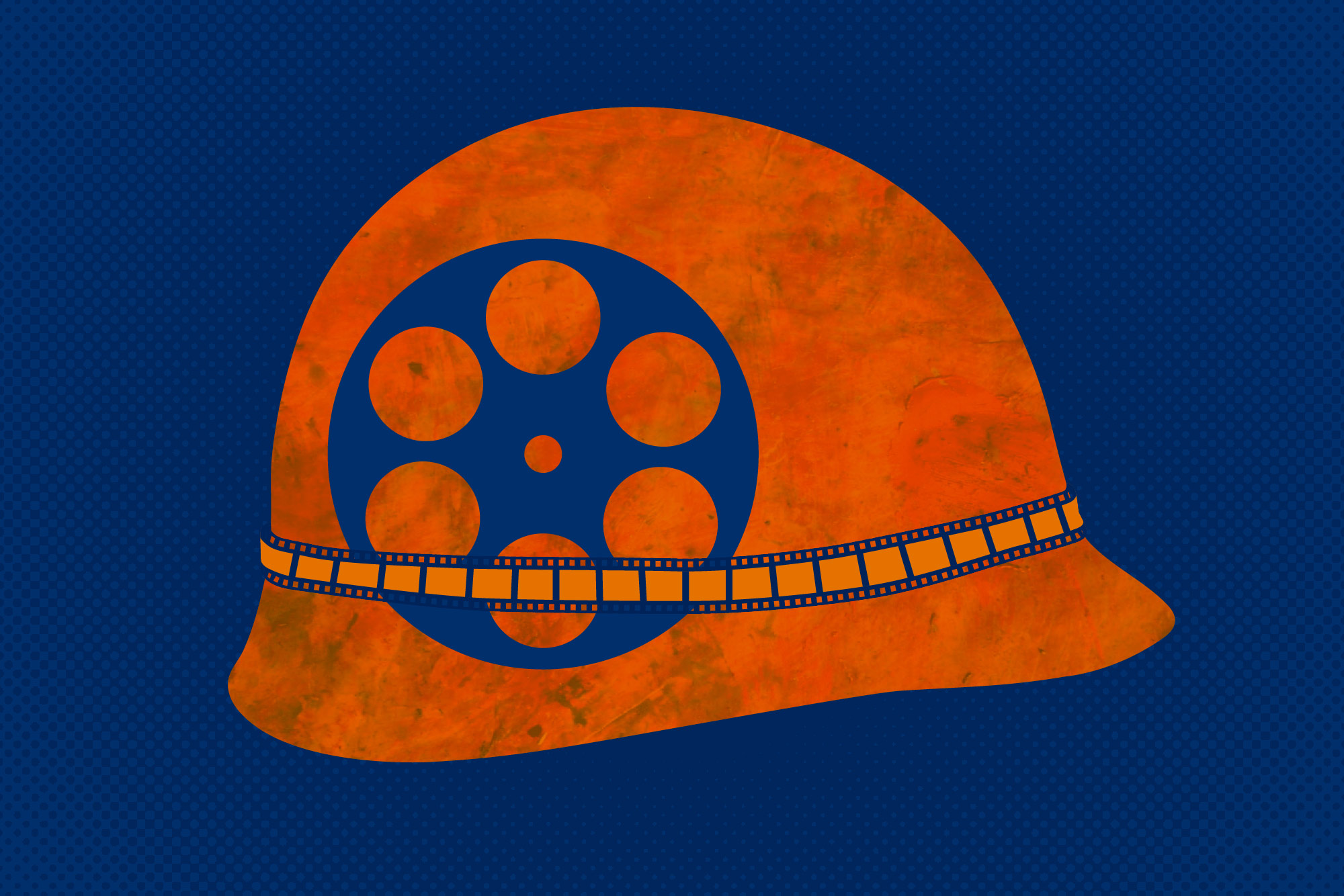For many University of Virginia students, summer is a time to explore new avenues of study and find different viewpoints. For Marc Selverstone, it’s a time to take a break from his regular research paths and share his passion for understanding the Vietnam War with students.
Selverstone, who chairs the Presidential Recordings Program at UVA’s Miller Center, is an expert in the inner workings of the White House and studies the contents of audiotapes made by presidents from Franklin Roosevelt all the way through Richard Nixon. That span of recordings contains a great deal of insight into the Vietnam War, but Selverstone has spent years researching and teaching about the war’s broader perspectives, as well.
This summer, he’s sharing those broad perspectives with students through two summer sessions of his course, “The Vietnam War in American Film.” As he wrapped up his first session, Selverstone spoke with UVA Today about how the cinematic canon on Vietnam can help expand students’ understandings of the war.

Marc Selverstone chairs the Presidential Recordings Program at UVA’s Miller Center. (Photo courtesy of the Miller Center)
Q. What criteria do you use to select the films?
A. I wanted to use films that covered the scope of America’s involvement in Vietnam, so we had to start back in the 1950s. What we’re trying to do is use the chronology of the war to introduce certain subjects on film that would have been relevant to the 1950s, 1960s and 1970s. So the films aren’t shown in the order that they were released. The first film we screen, “The Quiet American,” was released in 2002, and the film we end with, “Born of the Fourth of July,” was released in 1989.
For a generation of students that may be less personally familiar with the intricacies of the war, I thought it made more sense to adhere to the war’s chronology, rather than to the films’ release dates – though that would have also been an interesting way to explore the political culture into which they were dropped.
Q. Can you tell us more about the films you select?
A. The first film that we screen, “The Quiet American,” centers on a love triangle involving a British journalist, an American intelligence operative and a South Vietnamese woman, and it’s set during the First Indochina War. It highlights the early days of American involvement in Vietnam in the 1950s. There are two versions of the film, one that was shot in the late 1950s and one that was released in 2002. We screen the one from 2002 because it’s more accessible and more true to the Graham Greene novel it’s based on. It gives us a lot of opportunities to talk about a stage of the war that doesn’t get a lot of coverage, and it’s important for students to know about American involvement in the French war effort.
We move from that moment, when America was engaging as a supporting player in the French war, to the Kennedy period, when we then look at snippets of feature films and documentaries. Probably the most famous one that touches on Kennedy and Vietnam is Oliver Stone’s “JFK.” We spend some time talking about Stone’s approach to Vietnam in “JFK” and the argument he is making.
Then we start our march through the more familiar narrative of America in Vietnam, which brings us to the Johnson transition, 1964, the Tonkin Gulf episode and Johnson getting the authority from Congress to respond as he sees fit.
Q. How do you bring in the perspective of American soldiers on the ground?
A. We screen “We Were Soldiers” and “Platoon” for more of the G.I. experience in Vietnam, and the “hearts and minds” perspective comes through in “Good Morning, Vietnam.”
We also watch “Full Metal Jacket,” which includes a long segment that focuses on the training of U.S. Marines. The film also allows us to trace the arc of what happens to the troops from their training in the U.S. to their deployment overseas. That’s a transition that we see in “We Were Soldiers” as well.
Films like the “Deer Hunter,” “Coming Home” and “Born on the Fourth of July,” as well as “First Blood,” help to give us perspective on the return experience for the veterans and what life was like when they got back.
Q. Do you discuss what these films teach us about collective memory?
A. We address that tangentially throughout. There are some persistent understandings of the Vietnam War that have been ingrained in popular culture and come through in film. For instance, large segments of the public have continued to believe in the existence of live Americans – POWs – still trapped in Southeast Asia.

Opinion polls from the 1990s and into the early 2000s indicated that a majority of Americans believed that there were a number of POWs who were left behind., and that just wasn’t the case. But it’s part of that collective memory that had been engendered partly by the focus on POWs and those missing in action, and partly by popular culture and movies like “Rambo.”
Q. What do you hope students take away from the class?
A. A better understanding of the overhang that Vietnam has on American political culture and a recognition that some of the questions that we continue to ask about America’s role in the world are questions that have been asked for a couple of preceding generations.
I also want them to better understand how hard it was to answer those questions during Vietnam, but how important it is to keep asking them now. Looking back at the Vietnam War might help provide the broad outlines of answers.
For example, when you’re examining the challenges of pursuing counter-insurgency operations thousands of miles away in cultures that are very different than ours and working with governments that don’t have a tremendous amount of political legitimacy, well, we’ve quite literally “seen that movie before.”
Media Contact
Article Information
June 13, 2017
/content/war-silver-screen-using-film-understand-americas-history-vietnam

